The Ministry of Transport has just submitted to the Government a document adjusting the scale and total investment of the Lao Cai - Hanoi - Hai Phong railway project to VND203,231 billion (equivalent to about USD8.369 billion).
In the Government's submission on February 7 regarding the investment policy for the Lao Cai - Hanoi - Hai Phong railway construction project, the Ministry of Transport adjusted the scale and total investment compared to the previous submission on January 20.
Accordingly, the starting point of the railway line is at the rail connection point across the border between the new Lao Cai station and Ha Khau Bac station (China), in Lao Cai city; the end point is at Lach Huyen wharf area, in Hai Phong city.
The main route is 390.9km long and the 3 branch routes are about 27.9km long. The project passes through 9 provinces and cities including: Lao Cai, Yen Bai, Phu Tho, Vinh Phuc, Hanoi, Bac Ninh, Hung Yen, Hai Duong and Hai Phong.
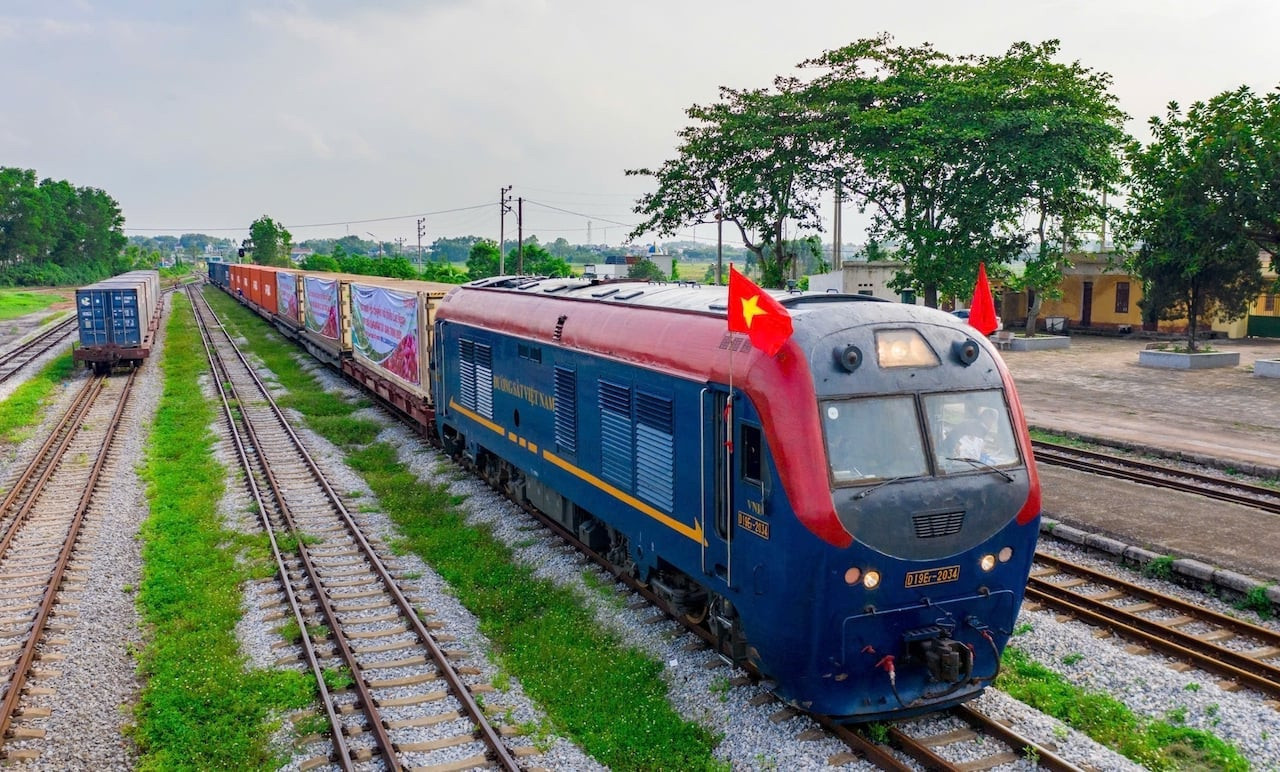
The Lao Cai - Hanoi - Hai Phong railway is a grade 1 railway with a gauge of 1,435mm. The preliminary total investment is about VND 203,231 billion (equivalent to about USD 8.369 billion), in the form of public investment.
Previously, in the submission dated January 20, the project had a total investment of about 194,929 billion VND (equivalent to about 8.027 billion USD).
The project proposes the main route (from Lao Cai station to Nam Hai Phong station, excluding the Hanoi hub area) with a design speed of 160km/h; the section through Hanoi hub area with a design speed of 120km/h; the connecting routes and branch routes (the connecting rail section - new Lao Cai station; the Nam Hai Phong station section - Lach Huyen station; the branch route connecting Nam Dinh Vu station to Dinh Vu wharf area; the branch routes connecting to Yen Vien station, the branch route connecting Nam Do Son station) with a design speed of 80km/h.
The entire route is expected to have 18 stations, including 3 train stations in Lao Cai, Yen Thuong, Nam Hai Phong and 15 mixed stations. In addition, to carry out technical operations serving train operations, 14 technical operation stations will be arranged.
Source: https://vietnamnet.vn/dieu-chinh-du-an-tuyen-duong-sat-lao-cai-ha-noi-hai-phong-len-hon-8-3-ty-usd-2369586.html


![[Photo] Panorama of the Opening Ceremony of the 43rd Nhan Dan Newspaper National Table Tennis Championship](https://vphoto.vietnam.vn/thumb/1200x675/vietnam/resource/IMAGE/2025/5/19/5e22950340b941309280448198bcf1d9)
![[Photo] President Luong Cuong presents the 40-year Party membership badge to Chief of the Office of the President Le Khanh Hai](https://vphoto.vietnam.vn/thumb/1200x675/vietnam/resource/IMAGE/2025/5/19/a22bc55dd7bf4a2ab7e3958d32282c15)
![[Photo] General Secretary To Lam attends the conference to review 10 years of implementing Directive No. 05 of the Politburo and evaluate the results of implementing Regulation No. 09 of the Central Public Security Party Committee.](https://vphoto.vietnam.vn/thumb/1200x675/vietnam/resource/IMAGE/2025/5/19/2f44458c655a4403acd7929dbbfa5039)

![[Photo] Close-up of Tang Long Bridge, Thu Duc City after repairing rutting](https://vphoto.vietnam.vn/thumb/1200x675/vietnam/resource/IMAGE/2025/5/19/086736d9d11f43198f5bd8d78df9bd41)







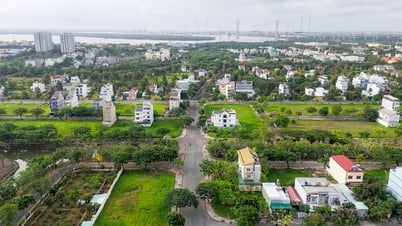
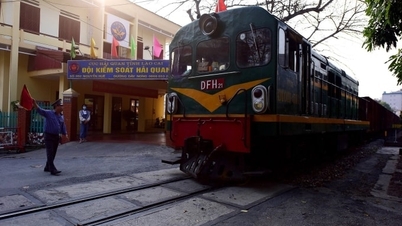

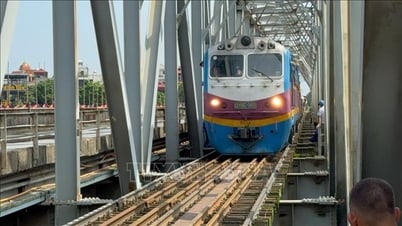

















































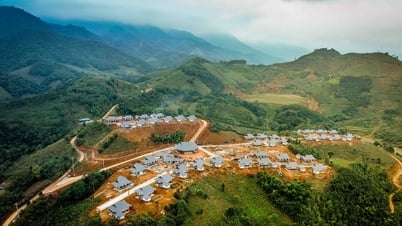
















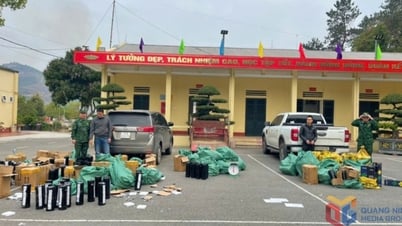

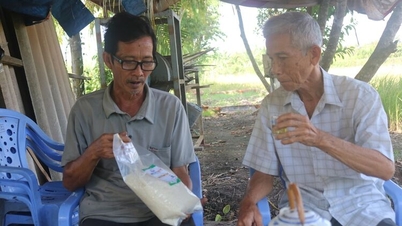





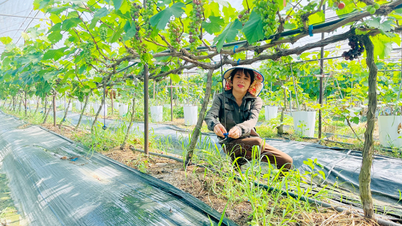


![[VIDEO] - Enhancing the value of Quang Nam OCOP products through trade connections](https://vphoto.vietnam.vn/thumb/402x226/vietnam/resource/IMAGE/2025/5/17/5be5b5fff1f14914986fad159097a677)



Comment (0)